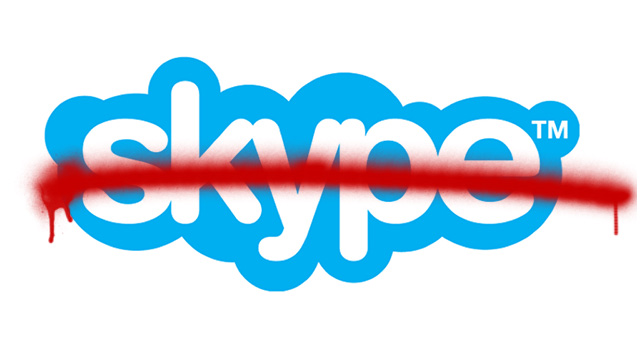On May 5, 2025, Microsoft officially retired Skype, marking the end of a 22-year journey for the pioneering video calling service. Launched in 2003, Skype revolutionized digital communication by offering free computer-to-computer voice calls and later, video calls, connecting millions globally. At its peak, the platform boasted over 300 million monthly users and accounted for a significant portion of international calling traffic.
Microsoft acquired Skype in 2011 for $8.5 billion, aiming to integrate its communication capabilities into its suite of services. However, over the years, Skype faced stiff competition from emerging platforms like Zoom, WhatsApp, and Microsoft’s own Teams. The shift in user preferences, coupled with technical challenges and a lack of significant updates, led to a decline in Skype’s user base.
In February 2025, Microsoft announced its decision to discontinue Skype, encouraging users to transition to Microsoft Teams, which offers enhanced collaboration features suitable for both personal and professional use. Users were provided options to migrate their chats and contacts to Teams or export their data before the shutdown. While Skype for Business will remain operational temporarily, Microsoft recommends transitioning to Teams for a more integrated experience. The closure of Skype signifies not just the end of a platform but also reflects the evolving landscape of digital communication, where adaptability and innovation are key.Skype’s legacy as a trailblazer in internet communication remains undeniable, having laid the groundwork for the myriad of video conferencing tools we rely on today.














